-
July, 26,2025
Understanding the Role of Bloom Strength in Soft Gelatin Capsules
-
July, 25,2025
Bloom Strength and Its Impact on Hard Gelatin Capsules
-
July, 21,2025
How Gelatin Is Revolutionizing Pet Food: A Healthier Option for Dogs
-
June, 22,2025
Collagen as a Trusted Ingredient: Meeting Global Demand with Reliable Supply
Premium Gelatin in Dairy Products: Key Insights for Manufacturers
Gelatin is a key ingredient in dairy production, enhancing texture, stability, and shelf life in products like yogurt, cream, and cheese. Its versatile properties make it a valuable addition to improving the quality and functionality of a wide range of dairy formulations. This article explores the applications and benefits of premium gelatin in dairy products, along with expert tips on choosing the right gelatin for different uses.
What Kind of Gelatin Is Used in Dairy Products
Gelatin is used as a food additive with multiple functions. Gelatin can be extracted from the skin, bones, or cartilage of animals. It is a tasteless and odorless natural substance that can absorb water swell in cold water and dissolve in hot water. Edible gelatin is usually used in dairy production. Edible gelatin is a high molecular weight polypeptide polymer obtained by partial hydrolysis of animal collagen. It has film-forming, viscosity, and gelling properties, so it is widely used as a thickener, gelling agent, emulsifier, and clarifier in the food industry. The production of edible gelatin needs to comply with food safety standards to ensure its safety and hygiene. At Funingpu, we specialize in producing high-quality pig skin and cow skin gelatin, offering manufacturers a premium product that enhances texture, consistency, and stability in dairy applications.
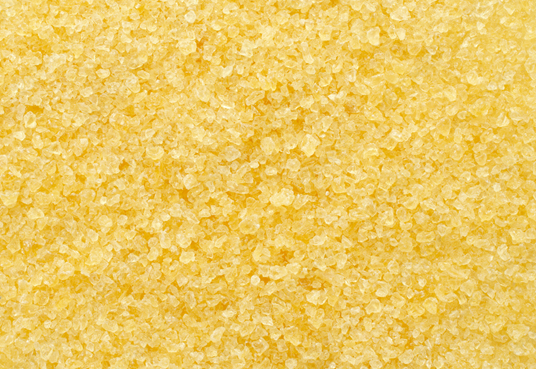
Applications of Premium Gelatin in Dairy Products
In practical applications, gelatin is widely used in the production of dairy products such as yogurt, cream, and soft cheese.
Yogurts and Puddings
In yogurt, gelatin acts as a stabilizer to prevent whey leakage and separation, improve the organizational state of low-fat yogurt, and make it similar to high-cream yogurt. It locks water by reducing surface tension and relying on the binding force of water, emulsifies and stabilizes the mixture, prevents dehydration and shrinkage, and ensures that the product remains attractive throughout the storage period.
Gelatin can be used as a gelling agent, stabilizer, thickener, foaming agent, emulsifier, dispersant, clarifier, etc., and is used in the manufacturing process of jelly and pudding foods to increase the consistency and elasticity of foods.
Creams and Mousses
In cream, gelatin stabilizes air bubbles, making the cream more stable, and retaining volume and flavor. In soft cheese, gelatin helps prevent syneresis and improves stability, improving sensory taste and texture.
Cheese and Desserts
Gelatin combines with water to stabilize and prevent whey precipitation, improving the stability and taste of soft cheese. It also helps prevent syneresis and improves stability, making the product more stable, more sliceable, and smoother in taste.
As a gelling agent, gelatin helps prevent the formation of coarse ice crystals, maintains the delicate taste of the product, and slows down the melting rate.
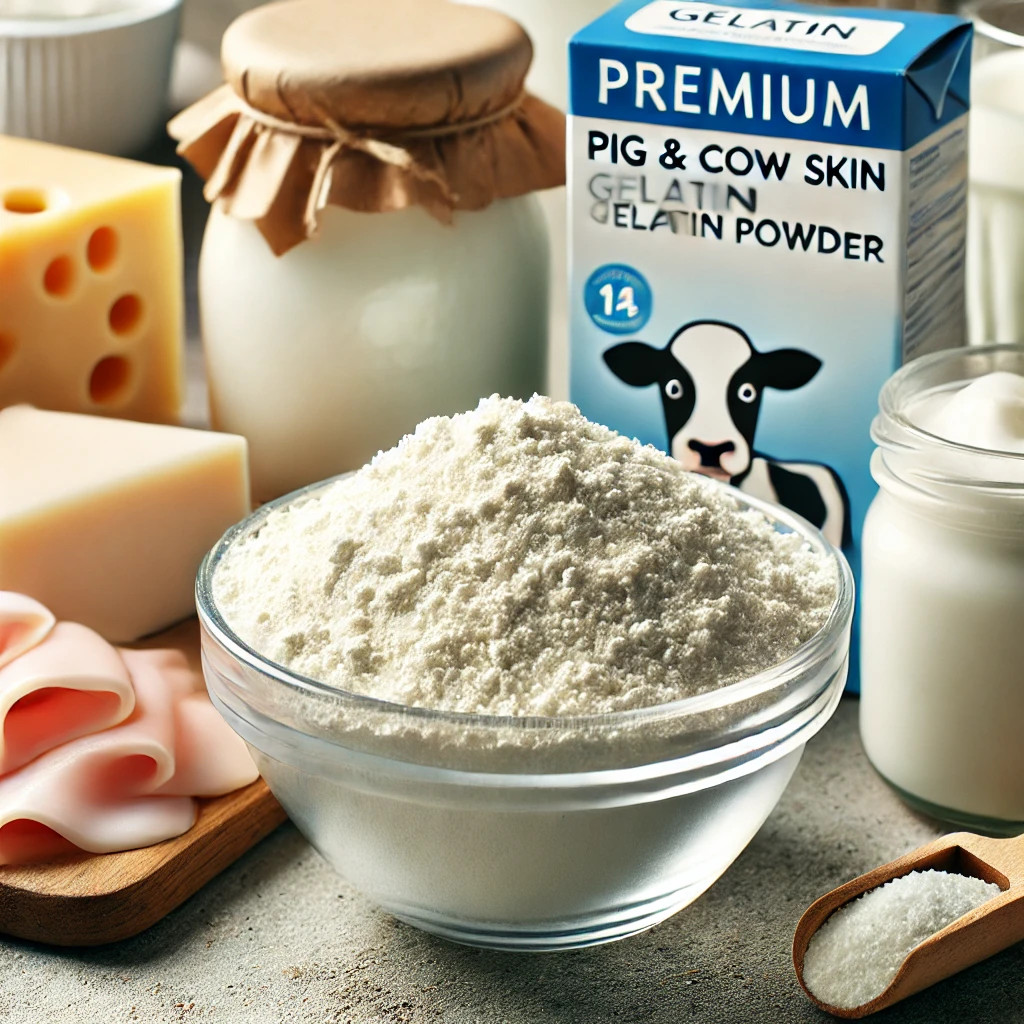
Advantages of Using Gelatin in Dairy Products
Using gelatin in dairy products offers a wide range of advantages, making it a highly sought-after ingredient for enhancing the overall quality of dairy formulations. These advantages can be categorized as follows:
Enhanced Texture and Mouthfeel
Gelatin is known for its ability to create smooth and creamy textures in dairy products, improving their mouthfeel. It contributes to a more indulgent and rich experience by providing a silky, melt-in-the-mouth sensation, which is especially important in products like yogurts, creams, and dairy desserts. Gelatin helps maintain the structural integrity of dairy products without making them feel overly firm or sticky, ensuring a balanced texture.
Superior Gel Formation
One of gelatin's core functions is its gelling ability, which is essential in many dairy applications. Gelatin forms a stable gel at low concentrations, which is ideal for dairy-based products such as puddings, yogurts, and mousses. It can create gels that are soft but firm, ensuring a pleasant bite without being too rigid. Additionally, the thermoreversible nature of gelatin allows dairy gels to melt in the mouth, further enhancing the sensory experience. Funingpu’s gelatin forms stable gels at low concentrations, ideal for products requiring a soft but firm texture, like mousses and puddings.
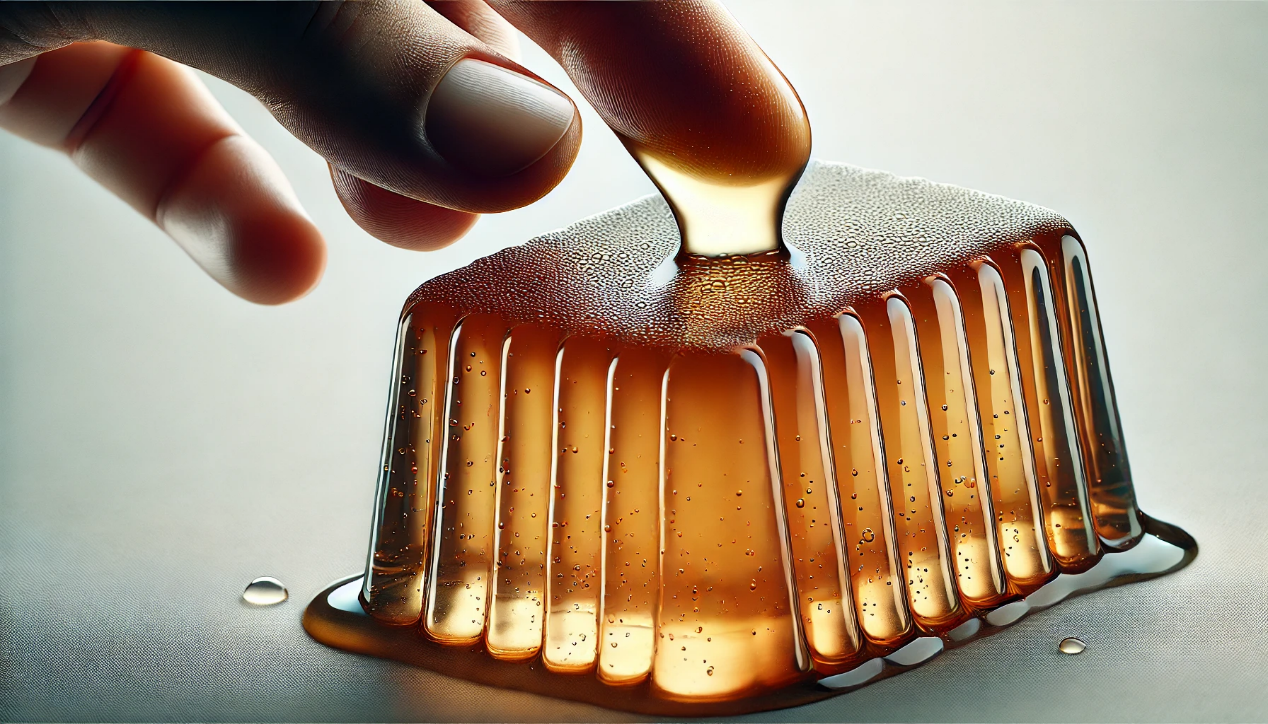
Improved Nutritional Profile
Gelatin adds a modest amount of protein to dairy formulations, improving the overall nutritional profile. As a source of collagen-derived proteins, gelatin also offers potential health benefits related to skin, joint, and bone health. It can be a valuable ingredient in functional dairy products aimed at consumers seeking additional health benefits, such as enriched yogurts or dairy-based nutritional supplements.
Versatility in Dairy Formulations
Gelatin’s versatility makes it suitable for a wide variety of dairy applications. It can act as a thickener, stabilizer, or gelling agent, depending on the concentration and processing conditions. This adaptability allows dairy manufacturers to use gelatin in different product types, from low-fat to full-fat options, while still achieving the desired texture, stability, and mouthfeel. Gelatin is also compatible with various ingredients and processing methods, making it a flexible ingredient in the formulation of both traditional and innovative dairy products. Funingpu’s gelatin adapts to various dairy products, whether for low-fat or full-fat formulations, providing consistent quality and performance.
Extended Shelf Life
By improving the water-holding capacity and stabilizing emulsions in dairy products, gelatin can help extend their shelf life. It prevents syneresis (the separation of liquid from a gel), which can be a common issue in dairy products like yogurt and custard. This ensures that products maintain their structure and consistency over time, reducing waste and improving consumer satisfaction. Additionally, gelatin’s ability to stabilize dairy emulsions contributes to better preservation of product quality during storage and distribution.
In summary, gelatin enhances the texture and mouthfeel, provides superior gel formation, improves nutritional value, offers versatility in formulations, and contributes to extended shelf life in dairy products. These benefits make gelatin a key ingredient in the dairy industry, enabling manufacturers to create high-quality, appealing, and functional products.
Choosing Gelatin for Dairy Products: Expert Product Recommendations
When choosing gelatin for different dairy products, it is important to consider the product's characteristics and processing requirements.
Yogurt
Stability: Choose gelatin that can improve the stability of yogurt and prevent whey separation.
Taste: Gelatin should help improve the taste of yogurt and make it more delicate.
pH adaptability: Since yogurt is in an acidic environment, gelatin that can still work well under acidic conditions should be selected.
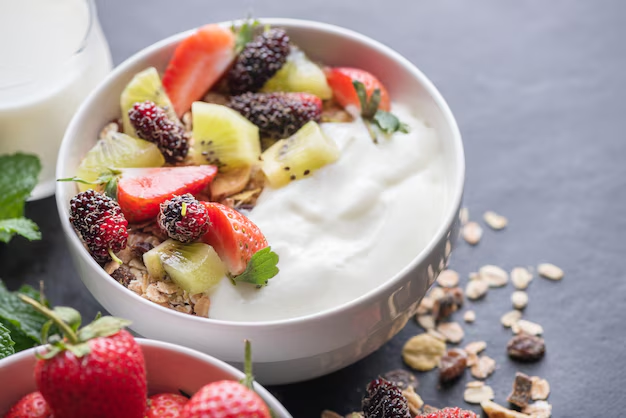
Creams and Mousses
Foamability: Gelatin should help stabilize the bubbles in the cream so that it does not break easily during mixing or heating.
Taste: Gelatin should be selected to provide a good taste and improve the texture of the cream.
Water retention: Gelatin should have high water retention to keep the product moist and prevent syneresis.

Cheeses
Melting point: Choose a gelatin with a melting point close to human body temperature to ensure that the cheese has good melting characteristics in the mouth.
Texture: The gelatin should help improve the texture and sliceability of the cheese.
Flavor release: The gelatin should help the flavor release in the cheese.
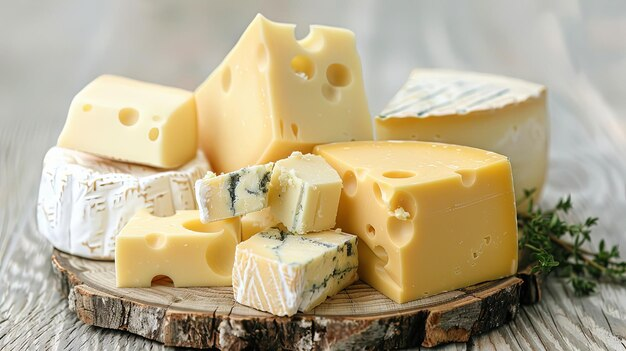
Desserts and Ice Creams
1.Desserts:
Film-forming properties: For desserts that require film formation or coating, choose gelatin with good film-forming properties.
Stability: Gelatin should help improve the stability and shelf life of desserts.
Taste and texture: Gelatin should help improve the taste and texture of desserts, making them smoother.
2.Ice cream:
Resistance to melting: Choose gelatin that can improve the resistance of ice cream to melting, so that the product can maintain good shape even at higher temperatures.
Taste: Gelatin should help improve the mouthfeel of ice cream, making it more delicate and creamy.
Water retention: Gelatin should have high water retention to reduce the formation of ice crystals and keep the ice cream moist.

For all of these products, the following general factors also need to be considered:
·Food grade: Make sure the gelatin is food grade and meets local food safety standards.
·Solubility: Choose gelatin that dissolves and mixes easily for easy handling during the production process.
·Supplier reputation: Choose a reputable supplier with consistent quality.
·Cost-effectiveness: Consider the cost-effectiveness of gelatin and choose products with the best value for money.
When choosing gelatin, also consider the specific formulation and production process of the product, as well as any specific consumer demands or market trends. For all dairy applications, Funingpu’s food-grade gelatin meets local safety standards, offers excellent solubility, and provides manufacturers with consistent, cost-effective solutions.
Final Thoughts
Gelatin is a versatile, essential ingredient in dairy products, enhancing texture, stability, and shelf life. Choosing the right gelatin based on your product’s needs ensures high-quality, consistent results in dairy formulations.
FAQ
1. What is the specific amount of edible gelatin added to dairy products, and what is the standard for use?
The amount of gelatin used in dairy products typically ranges from 0.5% to 3%, depending on the desired texture and product type. The standard for use varies by application—lower concentrations are used for light thickening, while higher levels create firmer gels. It is important to adjust the amount based on product formulation and processing requirements.
2. What is the mechanism of action of gelatin in dairy production, and how does it affect the stability and taste of dairy products?
Gelatin works by forming a thermoreversible gel, stabilizing dairy emulsions, and preventing syneresis (liquid separation). This improves the stability, texture, and mouthfeel of products like yogurts and puddings, creating a creamy, smooth taste and enhancing overall consistency during storage.
3. How to balance the film-forming property and stability of gelatin when making desserts?
To balance gelatin’s film-forming properties and stability, adjust the gelatin concentration and processing temperature. Use lower concentrations for softer textures and a higher concentration for firmer gels. Incorporating additional stabilizers or emulsifiers may also help maintain the right balance between film formation and product stability in desserts.
Phone: +86-577-88105990
Mobile: +86-138 5886 1938
Official Website: www.fnp-gelatin.com
Email: sales@funingpu.com
Address: No. 1-10 Wenpu Road, Yacheng Town, Xiapu County, Ningde City, Fujian Province




